Formula E
Premiere in Chile: ABB FIA Formula E Breaks New Ground in Santiago
Key Takeaways
- Fourth race of the ABB FIA Formula E season in Chile
- Santiago hosts the electric racing series for the first time
- Santiago was awarded the Sustainable Transport Award in 2017
ABB FIA Formula E is once again heading for new shores. Chile’s capital, Santiago, will be hosting the fourth leg of the electric racing series for the first time on February 3. As an Official Founding and Logistics Partner, DHL is responsible for transporting equipment from Marrakesh in Africa, where the last race was held, to South America.
With over six million inhabitants, Santiago is one of the largest cities in South America after São Paulo, Bogota, Lima and Rio de Janeiro. In fact, Santiago is home to around one third of the total population of Chile.
The country, which is located on the western slopes of the Andes, stretches between latitudes of 17° 30′ S and 56° 0′ S, making its North-South axis around 4,200 km long. As a result, Chile enjoys a varied climate and geography, boasting soaring mountain ranges, deserts, steppes, rainforests and glaciers.

A new chapter in Chilean motorsport history
Santiago is the fourth Latin American city to host Formula E, following in the footsteps of Buenos Aires, Punta del Este and Mexico City. Stretching 2.46 km through the city center, drivers will line up on the grid along Avenue Santa Maria before crossing the Mapocho River. Once across, they will navigate their way around Plazza Baquedano before cutting through Forestal Park to return to the start/finish line.
While Chile has regularly hosted the Dakar Rally in recent years, it has no great circuit racing tradition – which is all set to change with the Formula E Championship. In 1950, Santiago hosted the Chilean Grand Prix, which was won by Juan Manual Fangio. However, Eliseo Salazar is the only Chilean driver to ever successfully transition to Formula 1, scoring three championship points between 1981 and 1983.
“South America is steeped in motorsport history and tradition – and Formula E will make its own history in Chile for many years to come, starting this coming season,” explained Alberto Longo, Co-founder & Deputy CEO of Formula E, when presenting the track in October.
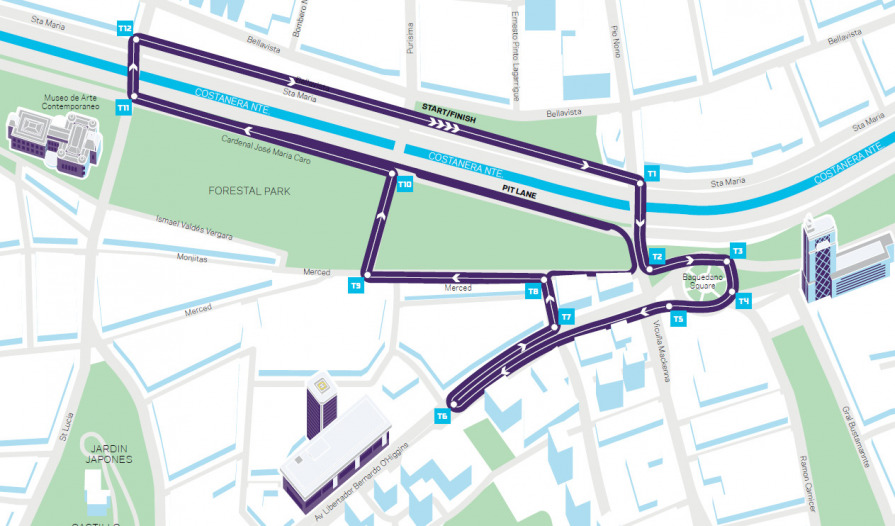
Santiago sets sustainable transport in its sights
Santiago is a pioneer when it comes to sustainability. In recent years, the city has made major improvements to pedestrian spaces, cycling lanes, and public transit, leading it to win the Sustainable Transport Award in 2017, a prize previously conferred on cities like London, Paris, New York and San Francisco.
Santiago’s Calle Aillavilú, in the central market of the city, has been transformed from a derelict, congested and unregulated parking lot to a pedestrian-friendly oasis. The street was repaved, the lighting was improved, new trees were planted and, most importantly, cars were removed.
Except for the scheduled delivery of goods, no motorized traffic is allowed. Calle Placer, one of the busiest pedestrian streets during a popular weekend market, is now completely closed to cars on the weekends, with a USD 2.2 million investment by the city for improved sidewalks, lighting, and sanitation.
Other public space improvements include an investment in 100 sq meters of new green spaces in historic residential neighborhoods, revitalizing a previously abandoned area, and the re-design of the Historical Center’s main streets, featuring more sidewalk space, improved lighting, beautification, and a “complete streets” redesign for public-transport-exclusive corridors in the most active pedestrian zone in the country.
The city has backed up these achievements with new sustainable transport policies and education programs. Santiago adopted a detailed standard of design for high-quality cycle lanes, which redistributes road spaces to create more space for cyclists. As a result, the city has managed to increase cycling trips from a negligible 150 per day to over 5,000 per day. This number is expected to increase with the growing popularity of BikeSantiago, the city’s bike share program, responsible for 50% of the increase.
DHL committed to sustainability and innovation
DHL has been operating in Chile since 1980, focusing on sustainable and innovative solutions to achieve its Mission 2050 Zero Emissions target. These include the use of electric vehicles, which are currently being trialed and can be seen at the eVillages exhibition, set up as part of the Santiago ePrix.
Also on display at the DHL booth in the eVillage are drones which are used for maintenance work in DHL Supply Chain warehouses. As with the previous ePrix in Marrakech, the DHL CamCopter Lap, will be providing spectacular bird’s eye views of the racetrack.
“This race will demonstrate the benefits of electric vehicles to the Chilean people,” says Chile's Minister of Energy Andres Rebolledo, who is convinced that Formula E will make a further positive impact on the Santiago’s sustainable development. “Our projections suggest that if we generate the necessary regulatory, logistics and market conditions, 40% of the vehicles in Chile will be electric by 2050,” he added.

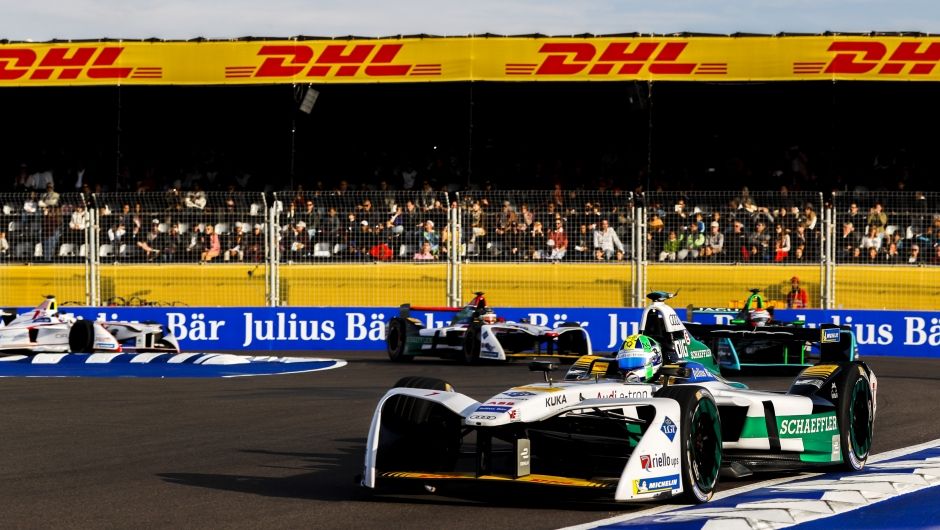
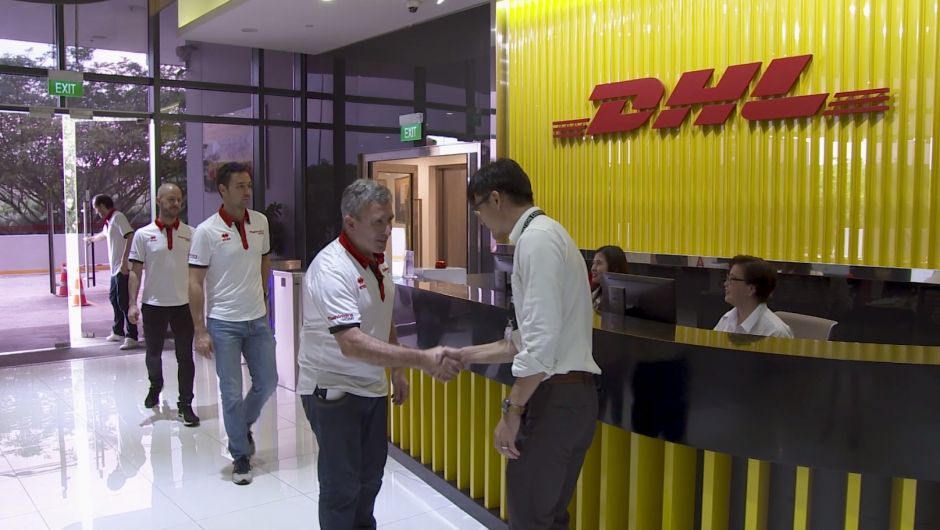

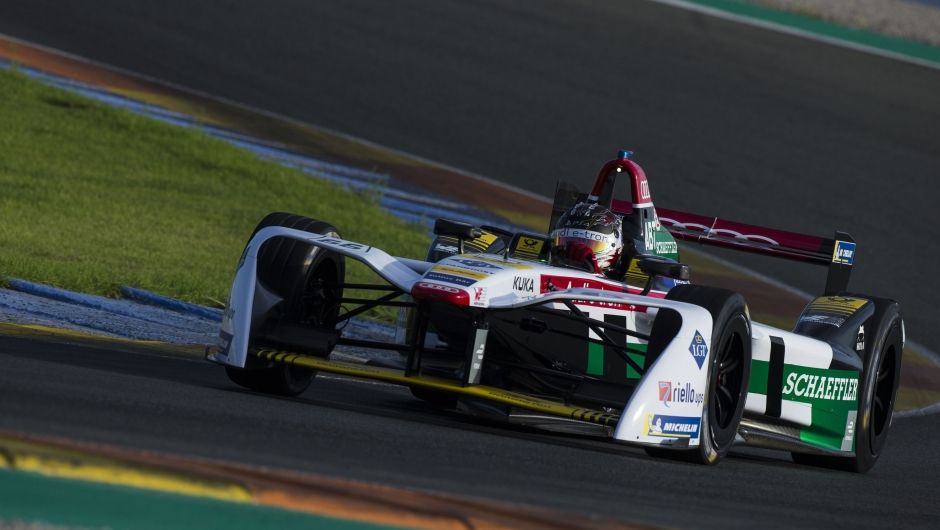
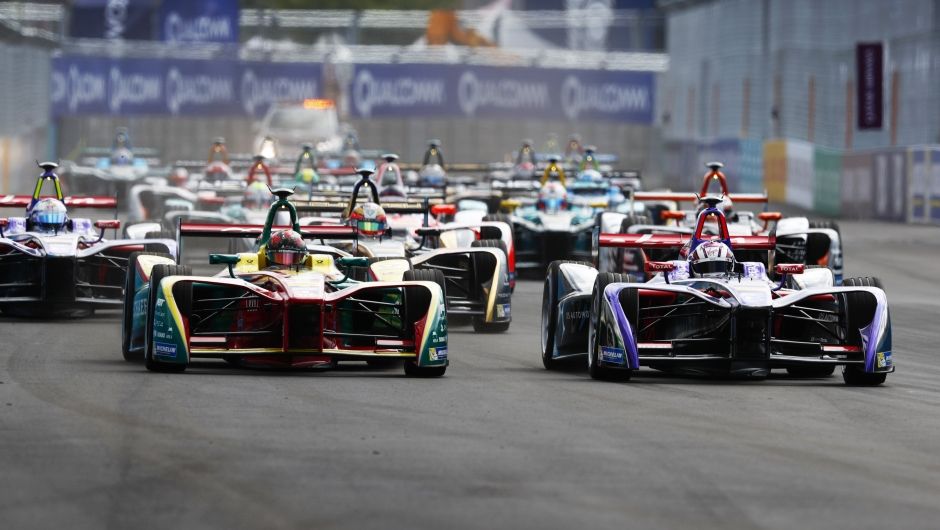
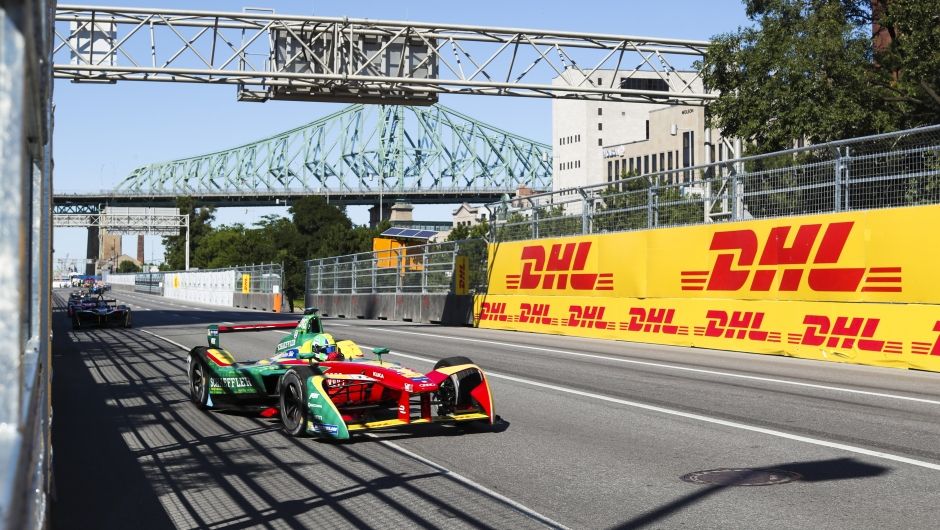
Content from disqus has been blocked because you did not allow to load it.
Loading the blocked content will adjust your privacy setting and content from this service will not be blocked in the future.
You have the right to revoke or change your decision at any time.
Posting Guidelines
All communications on Logistics of Things should be appropriate for a professional community, respecting the diverse views of individuals from different backgrounds. We will review all comments and reserve the right to terminate or restrict access to user's account and to delete any content posted through it, without notice and at our discretion, if we deem it to be overly promotional, offensive, or off topic.
All posting become property of DHL.